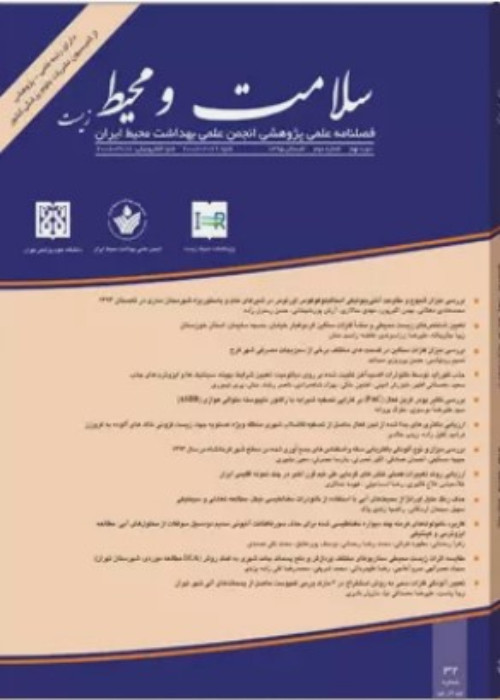Bioaccumulation of some heavy metals (Copper, Nickel, and Lead) and air pollution tolerance index of Prosopis juliflora and Conocarpus erectus species in Mahshahr, Iran
Pollutants emitted from industries can endanger human health if they enter the food chain, so environmental monitoring is essential. The aim of this study was to investigate the bioaccumulation of heavy metals including lead, copper and nickel and the level of air pollution tolerance index in Prosopis juliflora and Conocarpus erectus tree species during one-year period (1399-1400) in Mahshahr city.
In order to investigate the bioaccumulation of heavy metals by two species of Prosopis juliflora and Conocarpus erectus, 15 stations were selected separately. After recording the coordinates of each tree (station), 4 leaveas were taken from each tree that accounted for total 60 samples. The samples were then transferred to the laboratory and digested then analyzed using atomic absorption spectrometer. For statistical analysis, K.S test was used to normalize data and independent t-tests were applied to determine the level of significance. The correlation between variables were tested by Pearson correlation. Spatial distribution of heavy metals was performed using Ver.10.4 Arc GIS software.
Conocarpus erectus established the highest adsorption value for metals such as lead (0.1223±0.35 mg/kg), copper (0.2101±0.053 mg/kg) and nickel (0.2023±0.094 mg/kg). No significant correlation was observed between heavy metals. Evaluation of air pollution tolerance showed that Conocarpus erectus (6.53±0.026 mg/kg) was more tolerant than Prosopis juliflora (4.77±0.029 mg/kg). Spatial distribution revealed that heavy metals accumulation in the leaves of trees were more obvious in the southest area of the city.
Conocarpus erectus is more tolerant of air pollution than Prosopis juliflora. Therefore, it can be used in areas with the high levels of pollution. Moreover, the spatial distribution of heavy metals’ bioaccumulation illustrated that the south and southeast parts of the city (due to industry concentration) are more affected by the heavy metals pollution which call for more palnting trees.
- حق عضویت دریافتی صرف حمایت از نشریات عضو و نگهداری، تکمیل و توسعه مگیران میشود.
- پرداخت حق اشتراک و دانلود مقالات اجازه بازنشر آن در سایر رسانههای چاپی و دیجیتال را به کاربر نمیدهد.


